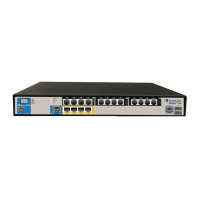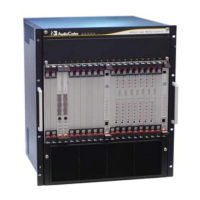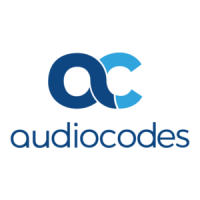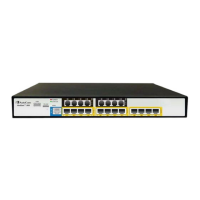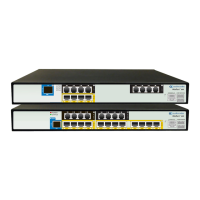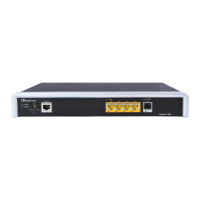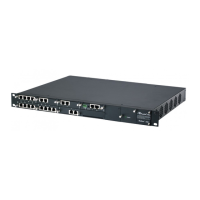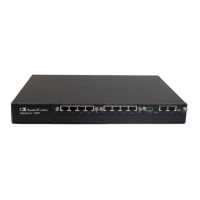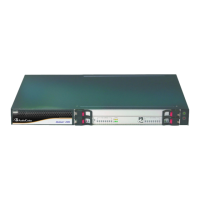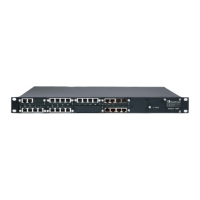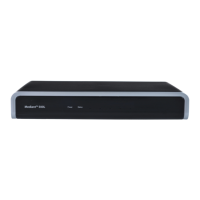CHAPTER71 Patterns for Denoting Phone Numbers and SIP URIs
Mediant 800 Gateway & E-SBC | User's Manual
71 Patterns for Denoting Phone Numbers and
SIP URIs
The table below lists the supported patterns (notations) that you can use in various configuration
tables for matching rules, based on source and/or destination phone numbers and SIP URIs
(user@host parts).
When configuring phone numbers in the Web interface, enter them only as digits
without any other characters. For example, if you wish to enter the phone number 555-
1212, type it as 5551212 without the hyphen (-). If the hyphen is entered, the entry is
invalid.
Table 71-1: Supported Patterns for Phone Numbers and SIP URIs
Pattern Description
x (letter "x") Wildcard that denotes any single digit or character.
# (pound
symbol)
■ When located at the end of a pattern, it denotes the end of a number. For
example, 54324# denotes a 5-digit number that starts with the digits
54324.
■ When located anywhere in the pattern except at the end, it is part of the
number (pound key). For example, 3#45 represents the prefix number
3#45.
■ To denote the # key when it appears at the end of the number, enclose it in
square brackets. For example, 134[#] denotes any number that starts with
134#.
* (asterisk
symbol)
■ When used on its own, it denotes any number or string.
■ When used as part of a number, it denotes the asterisk (*) key. For
example, *345 denotes a number that starts with *345.
$ (dollar sign) For incoming IP calls: Denotes a Request-URI that does not have a user part.
For incoming Tel calls: Denotes a Tel-to-IP call that does not have a called or
calling number.
This pattern is used for the following matching criteria:
■ Source and Destination Phone
■ Source and Destination Username
■ Source and Destination Calling Name
Range of
Digits
Note:
■ To denote a prefix that is a range, enclose it in square brackets, for
example, [4-8] or 23xx[456].
■ To denote a prefix that is not a range, do not enclose in brackets, for
example, 12345#.
■ To denote a suffix, enclose it in parenthesis, for example, (4) and (4-8).
■ To denote a suffix that includes multiple ranges, enclose the range in
square brackets, for example, (23xx[4,5,6]).
- 1148 -
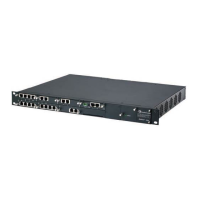
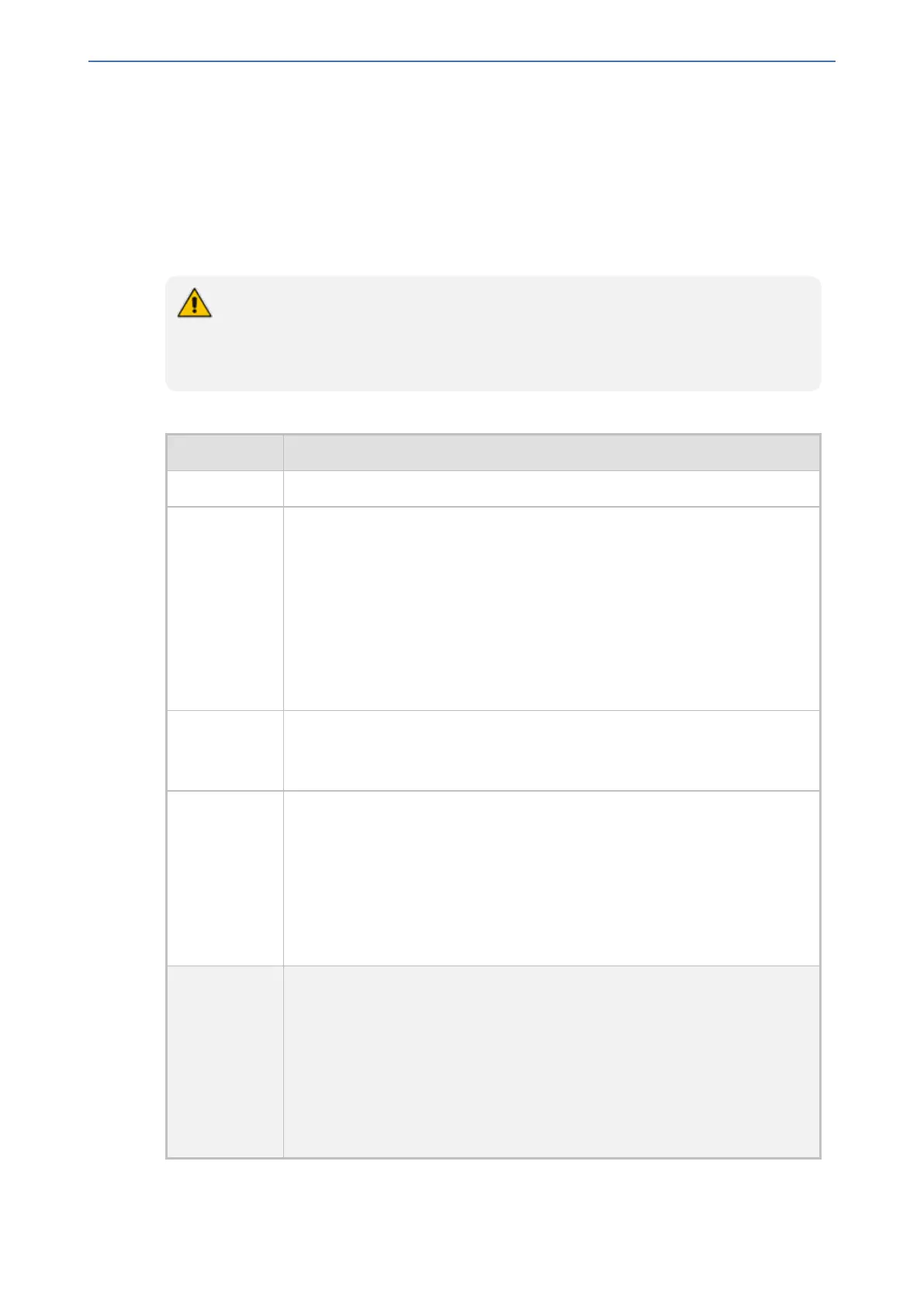